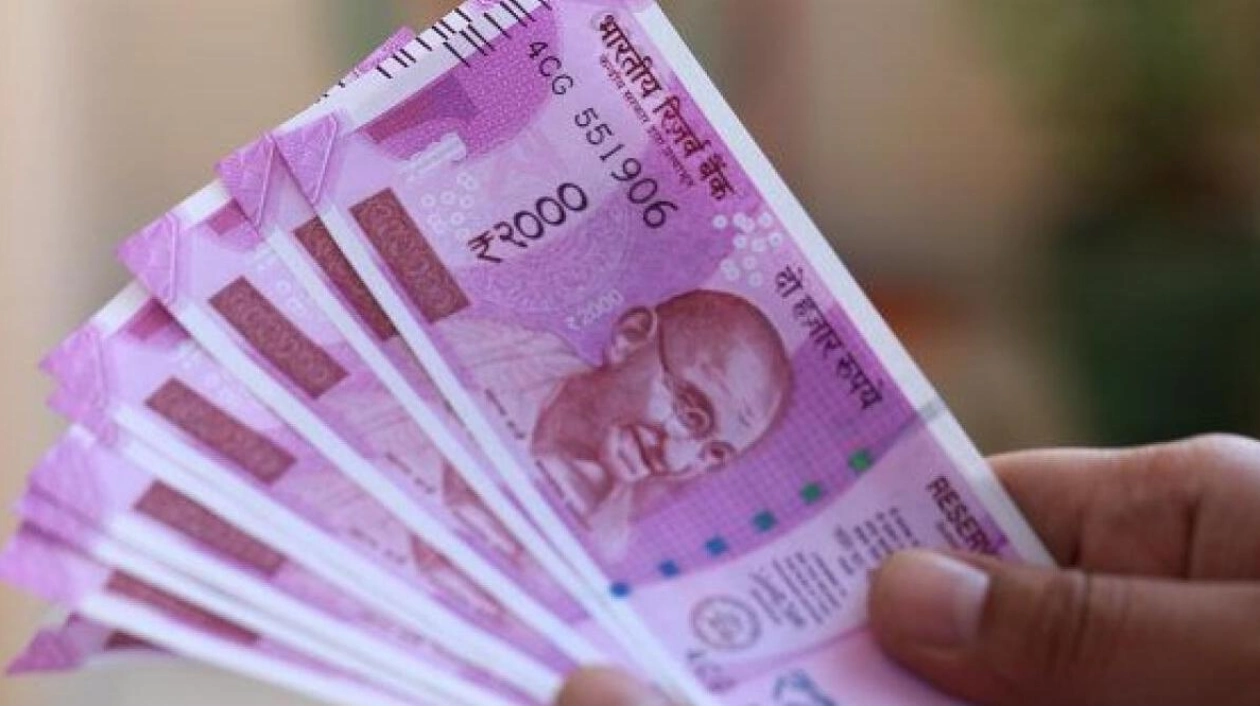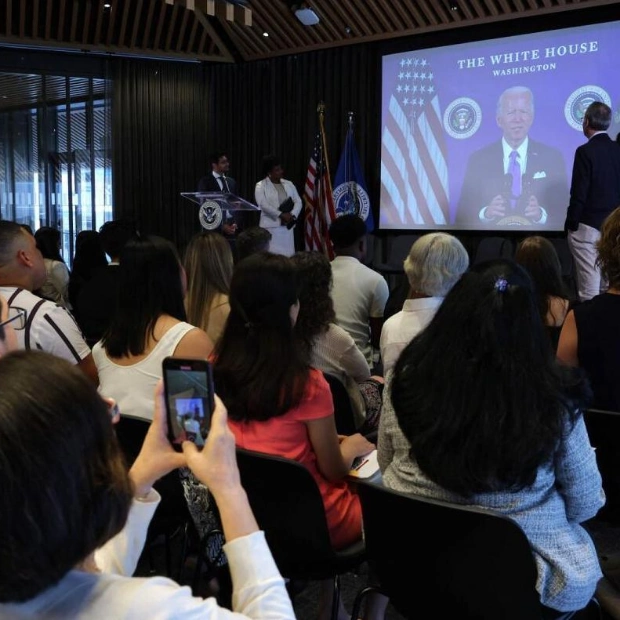On Thursday, the Indian rupee saw a slight increase, bolstered by stronger Asian currencies and expected inflows related to MSCI. By 9.22am UAE time, the rupee was trading at 22.86239 against the UAE dirham, a slight improvement from 22.87534 in the previous session. Asian currencies experienced gains ranging from 0.1% to 0.4%, while the dollar index declined to 100.94.
Effective Friday, India's increased weighting in MSCI's emerging market index is anticipated to draw up to $3 billion in inflows, according to Nuvama Alternative and Quantitative Research. Despite the modest increase, a currency trader at a bank noted that the rupee would welcome any improvement given its recent struggles, though he added that equity inflows might only offer temporary relief, keeping the rupee within a narrow range for the time being.
The rupee's annualized realized volatility, based on daily price changes, remains below 2%. The Reserve Bank of India has maintained a tight control over the currency for an extended period. Srinivas Puni, managing director at QuantArt Market Solutions, commented that the rupee lacks a significant narrative and has settled back into a range.
In the coming days, data on the US labor market is expected to be crucial. Given the Fed's current focus on the labor market, next Friday's US jobs data will be a pivotal event for both the dollar and, to some extent, the rupee, according to Puni. Until then, the rupee is likely to continue moving within its range.
Fed Chair Jerome Powell recently stated that any further cooling in the US labor market would be undesirable. Consequently, a notably weak jobs report could lead the Fed to cut rates by 50 basis points next month, as suggested by analysts.






